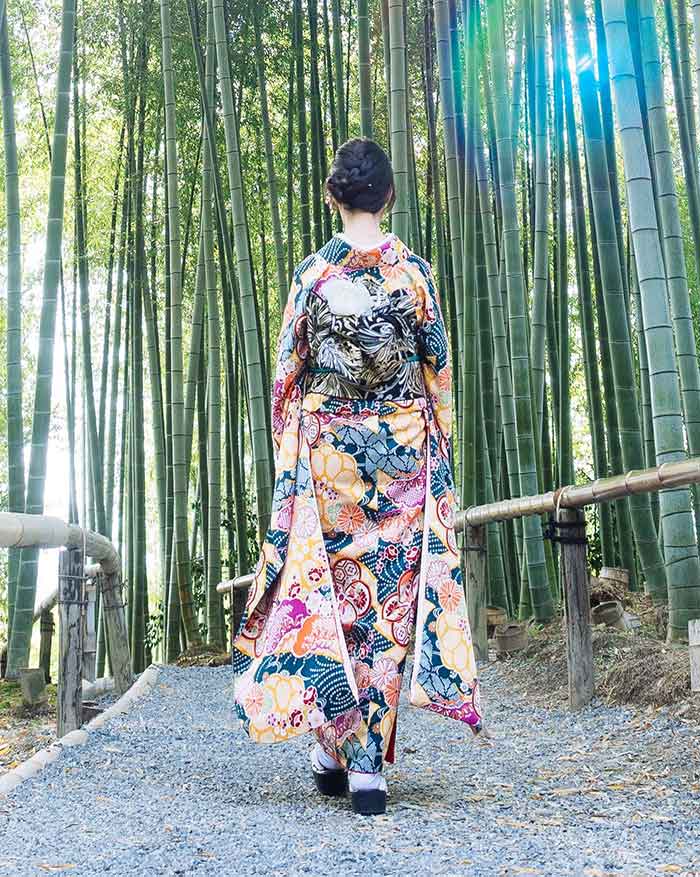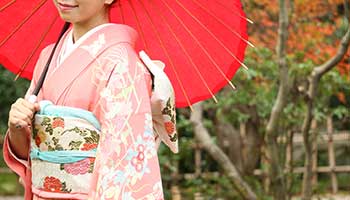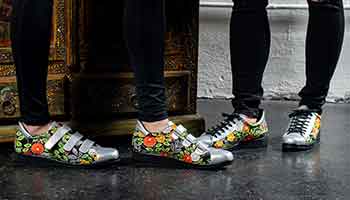KIMONO AND OBI MATERIALS
THE JAPANESE KIMONO AND OBI form the basis for our marriage of tradition and fashion. Modern craftsmanship is linked with Japanese culture to create a singular, one-of-a-kind sneaker.
Tradition and Elegance meet Modern fashion.
We believe that true fashion is unique. Our footwear are like none other, with no two shoes exactly like any other. Born of the ‘waste not’ concept, our sneakers give rebirth to the Japanese kimono to create a stylish and timeless experience.

Japanese Sneakers Culture and Aesthetics
Since ancient times in Japan, all living things have life, and we have naturally lived with the feeling that God is living. The spirit of “Wa” symbolizes that cycle and bears the moral vision of the heavenly sun.
The Kimono is a traditional Japanese costume that has been around since the Heian period (7th century). It has been passed down by the women of the house from generation to generation, and when it can no longer be worn, it has been transformed into a washcloth, a hand towel, and other uses, and continues to exist or “not to be wasted”. This is called “Mottainai” in Japanese.
History indicates that Buddhism has been added to ancient Shintoism, that God-merging Buddha’s culture has evolved, that life resides in everything, that it revives life through rebirth, and that the concept of reincarnation has unconsciously permeated.
Unfortunately, in the present age, when spending time in clothing has become commonplace, more and more homes have kimonos filling the chests of drawers and dressers.
In addition to linking Japanese culture to the next generation, Xesole brings back traditional crafts that hold promise in the hands of modern craftsmen, and it can be said that this is truly sustainable practice.
This ‘waste not’ concept is naturally rooted in Japanese culture, and it will lead to Japan’s core ‘cool’ values, sustainability, and the world’s core values and sustainable development goals (SDGs).

Rebirth of the Kimono and Obi
The Xesole project started with the rebirth of the Kimono.
Prestigious traditional Japanese costumes from the Heian period (7th century), commonly referred to as Japanese clothing. The “Kimono” is ceremonious, and the costume differs depending on the married and unmarried. Black “Tomesode” and “Furisode” are the most formal sunny clothes. There are clear rules in TPO, such as “Homoungi”, “Tsukesage”, “Tsumugi”, “Yukata”, etc.
Kimono was made as a day-to-day dress with woven patterns of “Kacho Fugetsu”/”Beauty of Nature” beautifully dyed colors and stylishly embroidered, so that traditionally one can choose and wear a pattern specific to one of the four seasons. Premium designs displaying the best of Japanese culture. For example: the pattern of cherry blossom. The cherry blossom is Japan’s national flower and is best worn in April.
Wearing an “out of season” pattern is strange, like wearing peonies in the summer. Hot coffee is served when it’s cold, and iced coffee is served when it’s hot. Traditional appropriateness should be observed.
The colors and patterns of the kimono reflect the ancient Japanese way of thinking. Red has long been an amulet, representing the temples of Southeast Asia. Green is a color of very strong significance because it is the natural color of trees, which means harmony and balance, health and growth. White is a sacred color that is pure in meaning and color used for wedding ceremonies.
The plum pattern is said to be resistant to adversity because it blooms in the cold before any flower. Shochiku Ume, considered a lucky charm, is also used for the prosperity of the descendants at the wedding ceremony. The “Ume = raw” “Kakekotoba” is composed of “Shochiku” plum, which remains green even in winter. It has the meaning of living forthright and blooming even in difficult times.
The reason that carp is considered an auspicious crest is that the carp that climbs the waterfall becomes a dragon. The carp streamer is a symbol of the celebration of boys’, a festival referred to as “Koinobori” (Carp streamer flying in the wind representing the waterfall climb to become a dragon).
As the Kimono was born of ancient Japanese culture and believed that there were life and God in everything.
The Ultimate Handcrafted Sneaker
Kimono is made of silk (a very high-quality material) and can be repurposed, which satisfies the concept of “Mottainai”/”waste not” theory. Japanese believe that everything has life, so it’s respectful to keep using things for a long time and with care. Xesole is a symbol of Japanese culture and intends to ensure the continuation of tradition into the next generation.
I spent 50 years perfecting my craftsmanship after the war. Japanese craftsmen are revered as highly creative, sophisticated, and cool, depicting the essence of Japanese aesthetics. — Noriko Onozaki, CEO
As a company, we are conscious and respectful of our craftsmen and their work. For example, we are taking steps to create an environment where people can work comfortably, flexibly, and provided with the tools and resources required to produce great products. The product is the artisans’ heart.



